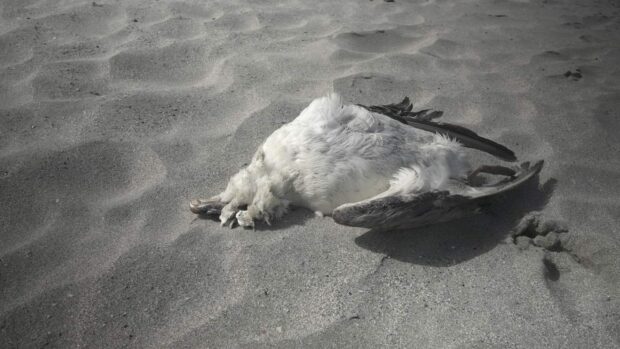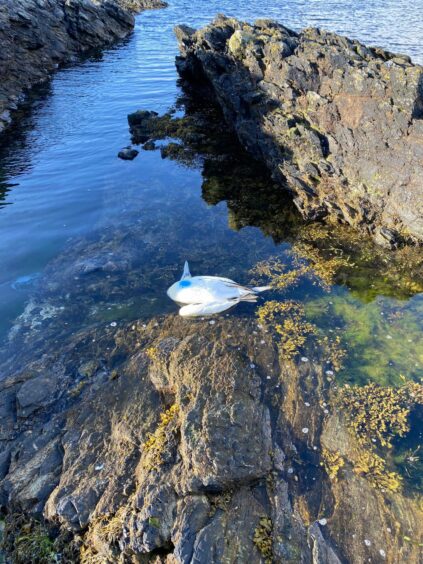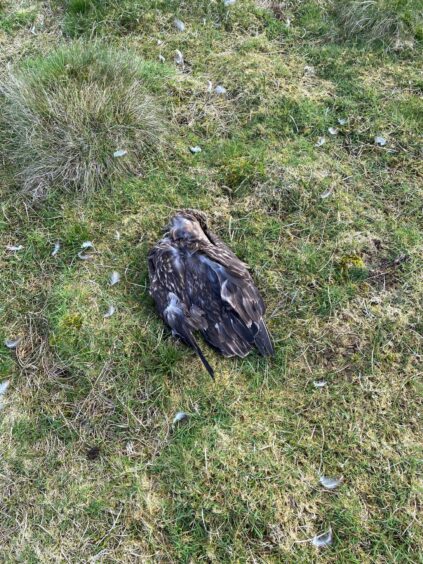Bird flu has reached the remote island of St Kilda amidst calls from the RSPB for an “urgent” response plan to control the outbreak.
Over the past few weeks large numbers of dead or dying seabirds have been seen across Scotland.
The most heavily affected area until now has been Shetland but there has been an increasing number of reports from many of Scotland’s islands and coastlines.
There have been reports of widespread deaths at great skua colonies in Shetland, Fair Isle, Orkney, the Western Isles, Handa, the Flannan Isles and St Kilda.
Many people living in areas are affected as they walk past the corpses of seabirds lying on beaches.
Scotland has 60% of the world’s population of breeding great skuas and 46% of breeding gannets.
There are also reports of high mortality in sandwich and Arctic terns and elevated numbers of dead guillemots at a colony on the Mull of Galloway.
‘Bird deaths are heart-breaking to see’
Stewart Bain, RSPB Scotland Communications and Events Officer in Orkney, said: “The number of dead birds along our coastlines in Orkney is heart-breaking to see and the range of affected species is causing much concern in the community.
“As we head into summer, more and more people will have first-hand experience of the devastation this virus is causing. There is a sense locally that people feel helpless, but there are things you can do.
“Safety remains paramount and you should avoid contact with any dead or dying birds, but please report them to the Defra helpline. This will help give a clearer picture of the situation and inform how it is dealt with. You can also try to be even more careful than normal about not disturbing nesting or birds.”
This spring, Scotland’s globally important populations are now nearing the brunt that the long-term impact on these species could be much more severe.
Calls for ‘urgent’ bird flu response
Dr Paul Walton, Head of Species and Habitats for RSPB Scotland, said: “Scotland’s seabirds are already facing multiple severe pressures generated by people – climate change, prey fish shortages, invasive species brought to islands, mortality in fishing gear and poorly sited wind turbines.
“These populations have halved since the 1980s. Now, a highly mutable and deadly new form of avian influenza, which originated in poultry, is killing our wild seabirds in large numbers. We urge the Scottish Government and NatureScot to develop a response plan urgently – to coordinate surveillance and testing, disturbance minimisation, carcass disposal and biosecurity.
Birds can be infected with the avian influenza virus through contact with infected individual birds or waste products. Wild birds including waterfowl can carry and transmit the virus without showing evidence of disease.
Movements of poultry around and between countries, and the migrations of wild birds, are both known vectors of the virus.
Do not touch or pick up any dead or visibly sick birds that you find.
If you find a dead wild bird, such as a gull or a bird of prey, you should report it to the Defra helpline (03459 33 55 77).



Conversation